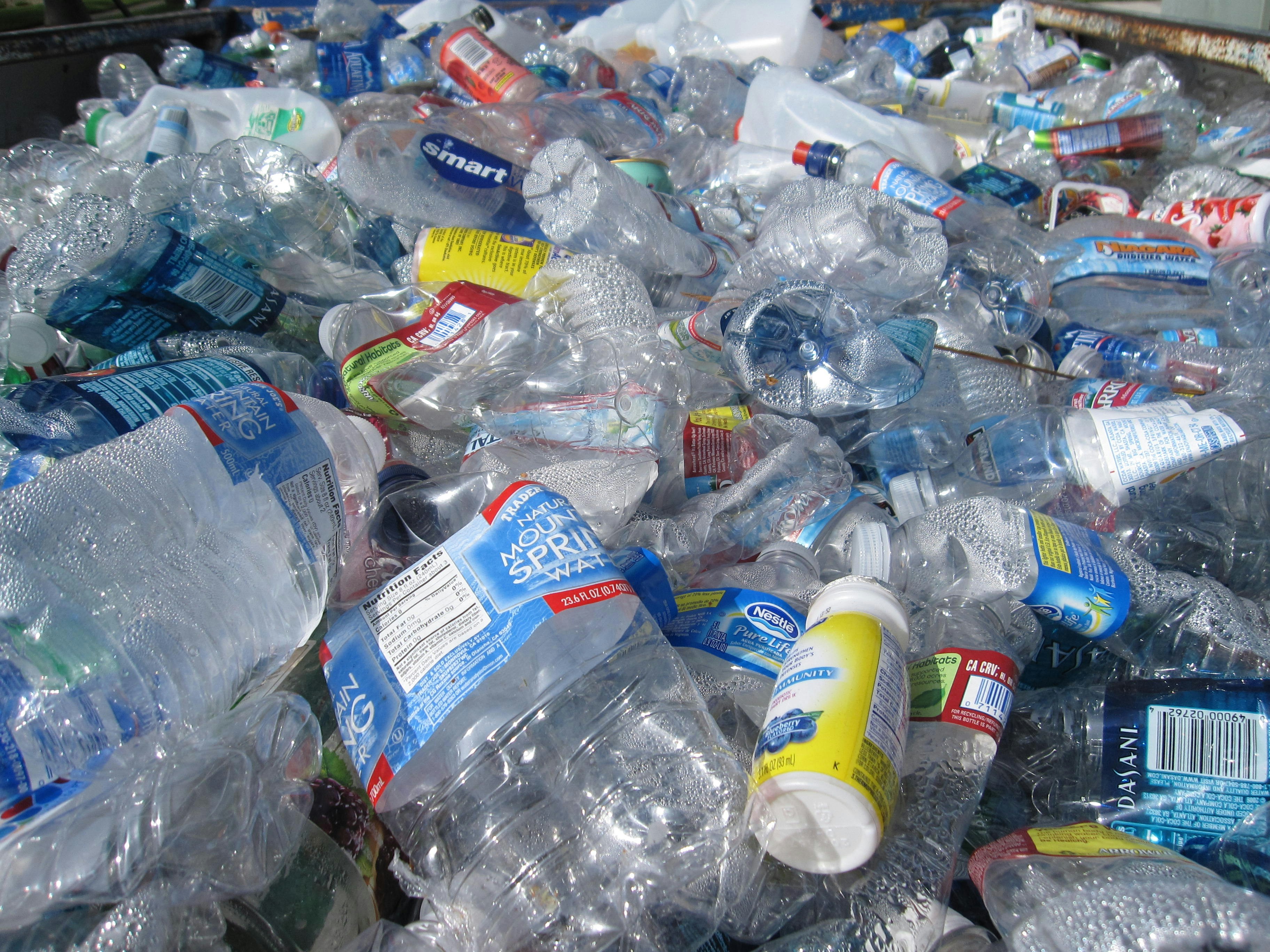
While the allure of the beach often conjures images of sun-kissed shores and sparkling seas, beneath the surface lies a hidden menace: microplastics. These tiny plastic particles, invisible to the naked eye, pose a significant threat to coastal ecosystems, marine life, and human health. In this article, we'll delve into the dangers of microplastics on the beach and explore the far-reaching impacts of these insidious pollutants.
Sources and Persistence
Microplastics originate from various sources, including the breakdown of larger plastic items, synthetic fibers from clothing, and microbeads in personal care products. These minuscule particles can persist in the environment for decades or even centuries, accumulating in coastal sediments, shoreline habitats, and marine organisms. Despite their small size, microplastics pack a powerful punch, releasing harmful chemicals and absorbing contaminants from the surrounding environment.
Ecological Impacts
Microplastics pose a grave threat to coastal ecosystems and the myriad organisms that inhabit them. These tiny particles can be mistaken for food by marine animals, leading to ingestion and accumulation in their digestive tracts. The ingestion of microplastics can cause physical harm, impair feeding behavior, and disrupt reproductive processes in marine organisms, ultimately jeopardizing ecosystem health and biodiversity. Furthermore, microplastics can serve as vectors for transporting pollutants and invasive species, exacerbating environmental degradation and ecological imbalance.
Human Health Concerns
Beyond their ecological impacts, microplastics also pose potential risks to human health. Studies have shown that microplastics can enter the human body through various pathways, including ingestion of contaminated seafood, inhalation of airborne particles, and dermal contact with contaminated water and sand. Once ingested, microplastics can accumulate in tissues and organs, potentially causing inflammation, oxidative stress, and adverse health effects. Furthermore, microplastics have been found in drinking water, salt, and other food products, raising concerns about their widespread presence in the human diet.
Beach Tourism and Economy
The presence of microplastics on beaches not only threatens environmental and human health but also has economic implications for coastal communities reliant on tourism and recreation. Polluted beaches detract from the aesthetic appeal of coastal destinations, dissuading tourists and visitors from patronizing local businesses and attractions. Additionally, beach clean-up efforts necessitated by microplastic pollution impose financial burdens on governments, businesses, and non-profit organizations, diverting resources from other critical priorities and initiatives.
Mitigation and Solutions
Addressing the threat of microplastics on beaches requires multi-faceted approaches and collaborative efforts at the local, national, and global levels. Strategies for mitigating microplastic pollution include reducing plastic consumption and waste generation, improving waste management practices, implementing bans on microbeads and single-use plastics, and investing in research, monitoring, and education initiatives. Furthermore, innovative technologies for detecting and removing microplastics from the environment are essential for mitigating their impacts and safeguarding coastal ecosystems and human health.
Conclusion
Microplastics represent a pervasive and pernicious threat to beaches, coastal ecosystems, and human health. As stewards of the planet, it is imperative that we take decisive action to address this urgent environmental challenge. By raising awareness, advocating for policy reforms, implementing sustainable practices, and supporting research and innovation, we can mitigate the dangers of microplastics on the beach and pave the way towards a cleaner, healthier, and more resilient coastal environment for future generations.



